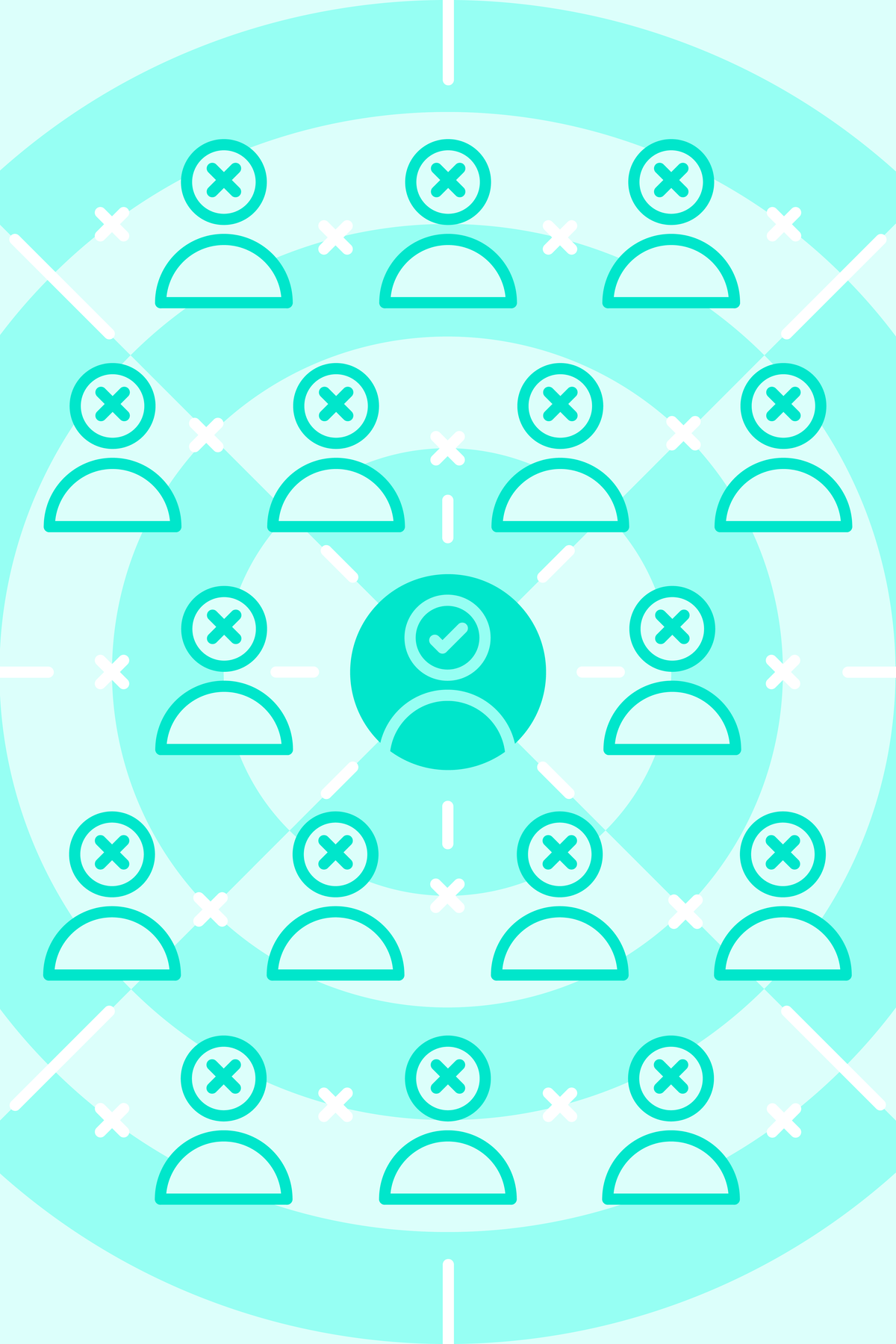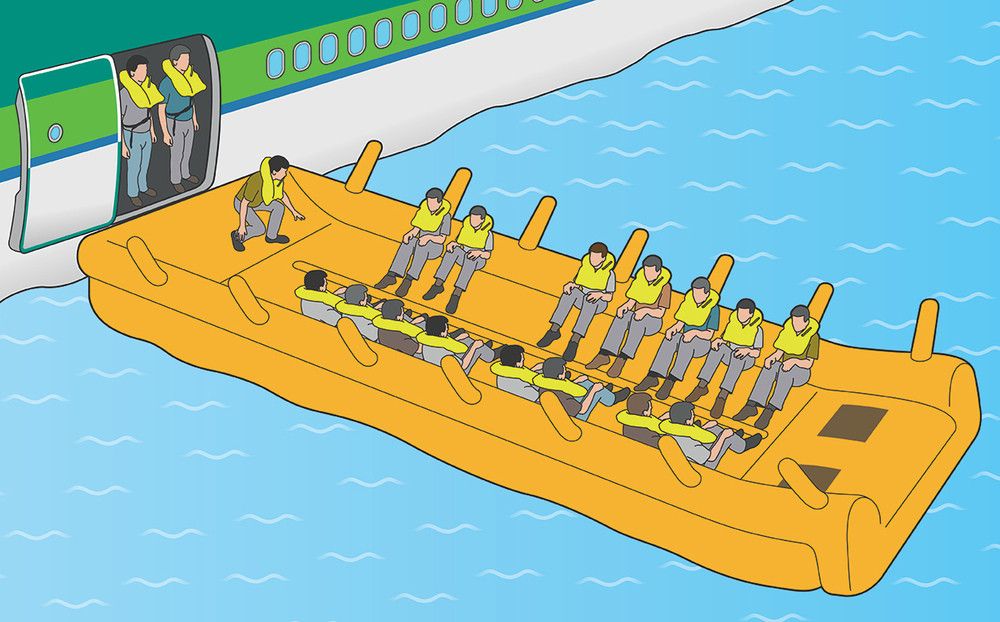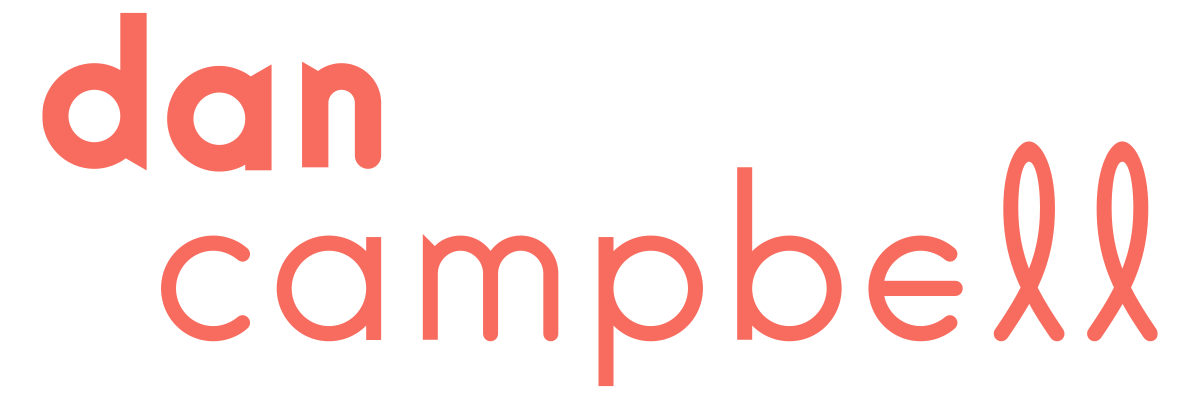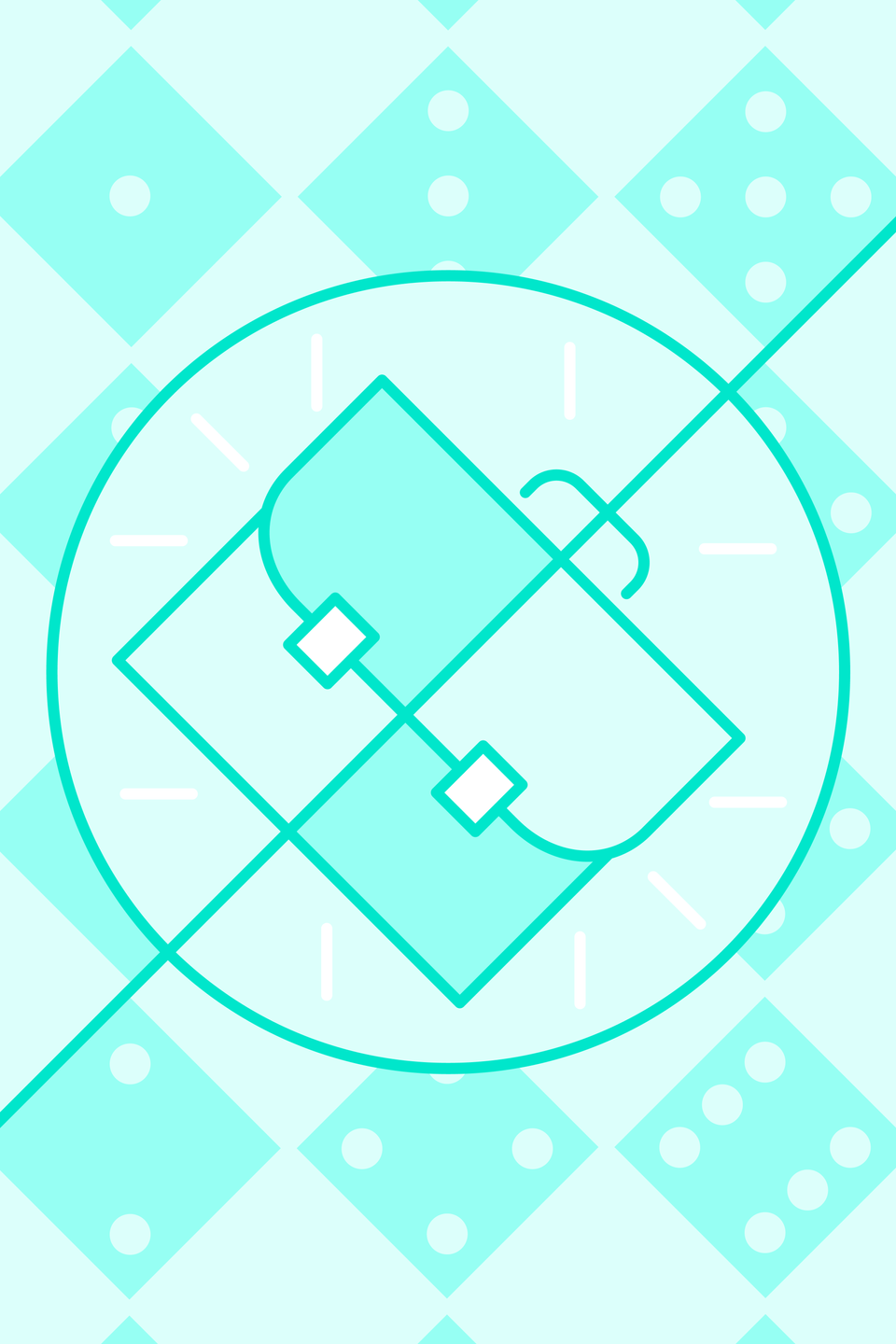8 job interview tips for Junior Graphic Designers
What should you expect in your first job interview? Are the questions really designed to trip you up? How do you explain what your weaknesses are without sounding like a horrible dirty liar?

Job interviews are awful.
You have to parade yourself around a room like a cow, with people writing things down on a clipboard and saying stuff like: "he doesn't look particularly healthy" and "why is he foaming at the mouth?".
But they don't have to be grim. Interviewers want you to succeed. At least I do when I'm speaking to candidates. It's all about working out who is the right fit and ultimately who you want on your team creating stuff.
As the Head of Branding & Design at The Yardstick Agency, I have hired people for my department and the wider company. This means I've had plenty of interviews and have seen the good, the bad, and the downright scary.
There have been glorious interview highs where I've known somebody will be a good fit early on. There have also been terrifying lows where I've wondered whether I'm about to be killed with a hammer.
Fortunately, that didn't happen, so I've decided to share some tips on what I believe helps an interview go well.
Here we go!
1. Prepare your portfolio
Your portfolio will have transported you from the application stage to being sat with an interviewer. Be familiar with what you've included, and have other similar examples close to hand if a particular project goes down well.
For example, let's say I'm singing the praises of how you've approached X, Y or Z. You bring up on the screen some similar stuff that reinforces how great you are. Having quick access to a rich catalogue of your work and being able to act instantly results in a great interview experience.
2. Try a dry run
When your plane nosedives into the sea, it's always nice to know that those adorable inflatable life rafts have been tested.

To stop your interview nosediving into the sea, check your tech. Please. While I've spent my life on Zoom for the past two years, I appreciate that a video interview might be the first time somebody has had to do it.
I mention this because:
a) You don't want to be overlooked for a role because you didn't test Zoom out.
But more importantly:
b) I had three candidates fail to connect to an interview because they'd never used Zoom before.
It goes beyond knowing how to connect to a video call. Test your microphone. Does it sound like you're underwater? Did you, in fact, nosedive into the sea? You poor soul. And what does your camera show? Are you beautifully framed in the shot with great lighting? Are you surrounded by piles of laundry and buckets of fish? It doesn't have to be perfect but make sure it isn't awful.
3. Research, research, research!
Certain sectors got gutted in 2020. Designers who relied on the travel, tourism or event industry for work found themselves furloughed, and in some cases, made redundant.

This led to two things:
- A massive increase in the number of brilliant designers looking for work
- Pressure to find any job to pay the bills
It made it more important than ever to stack the cards in your favour. You are definitely going to get asked:
What do you know about us?
and
Why do you want to work with us?
A shotgun approach to job applications was entirely understandable given the circumstances, but it's jarring to hear that you've not even visited the website for the company you're interviewing for.
I've often heard the argument that it's good to come in blind as you can learn more from the people you're talking to. I'm not sure I agree. It demonstrates that you're likely to apply the same logic to a client meeting, where preparation and research respects the time of everyone involved.
Opinions about this one on a postcard. Please and thank you.
4. Be honest but tactful
This is absolutely a valid answer:
I don't understand the question.
In interviews and life generally.
Most interviewers prefer to reword the question than hear somebody start rambling on with no destination in mind. It's an easy trap to fall into. If you don't know what you're being asked, there is a temptation to start waffling in the hope you accidentally find the right words.
And when you do find the right words, be tactful. For example, you will be asked why you're leaving your current employer. Sure, they might be a bunch of scumbags, but we don't need gory one-sided details. If you're badmouthing them, will you openly badmouth us if you leave?
The design world is small, so be careful which bridges you're willing to burn.
That isn't to say you have to smile and lie. Just be classy about it. Filter the constructive and practical truths from gossip. Plus, sensitively and respectfully navigating a situation is a skill employers want. Demonstrating it here gives us an insight into how you might deal with clients.
5. Exploit their questions
Knowing the purpose of a question is the key to answering it well.
For example:
In your opinion, what makes a good designer?
There is no correct answer to this. It's all subjective. Answer it honestly rather than trying to say what you think the interviewer wants to hear. The question is designed to allow you to demonstrate how well you articulate a point. And the beautiful part: it's a subject that you are passionate about!
Most questions follow this format. Ultimately, we want to see you being interesting and brilliant. The answer is just a vehicle to allow this.
There are exceptions to this. For example, I've heard of design interviews that include questions designed to test the knowledge and skillset of a candidate. Questions such as:
Explain how you would perform X task, or produce Y result in Z software.
You either know these or don't, so enter the conversation honestly - the answer might not be a dealbreaker if your other skills tip the scales.
Common questions tend to be along the lines of:
- Why did you become a designer?
- Talk us through your design process for X, Y or Z type of project
- How do you deal with negative feedback?
- How do you ensure you meet deadlines?
- What makes a good designer, in your opinion?
- What are your strengths and weaknesses?
- Describe a situation where you had to do X, Y or Z
- Which designers do you take inspiration from?
6. Always have questions
It's common for people to be nervous about an interview. I find this baffling - they have the power!
You are interviewing me just as much as I am interviewing you. Take the opportunity to get into the inner workings of a company and ask as many questions as you can.
For example, asking the interviewer, "What does it take to be successful here?" can tell you so much as it:
- Digs for red flags (if the answer is working every hour under the sun, you know you've dodged a bullet)
- Allows you to understand what the progression pathway is
This isn't about putting the interviewer on the back foot. Nobody needs to 'win' the interaction. It's purely about finding out if you are a good fit for each other.
Good questions will:
- Further the conversation
- Allow you to learn about the role and team
- Highlight your strengths, and centre the conversation in a beneficial place for you
At the very least, ask the team why they like working at the company. Let them sell the position to you.
7. Demonstrate relevant links and connections
You're a wonderfully versatile designer, but you've only got work samples in a specific niche.
Sound familiar?
Your portfolio should already be tailored to the role in question, but sometimes it takes a little imagination to see how your existing skillset might be applied.
This isn't about baffling people with bullshit. Don't be that person. It's about finding common links between what you do and what they do. If they aren't on the surface, zoom in. Get into the weeds and talk us through how your work might be relevant.
This does two things:
- It shows that you've done your research
- It demonstrates your ability to explain and project concepts into new environments
Another interesting way to do this is by using your own work, and their work to answer questions. Reference the work in your portfolio or recent projects you know they have completed. It centres the conversation around you, but more credibly as you show, rather than tell them, how prepared you are.
8. Follow it up
I touched on this in point one. If you have promised to send something over, then absolutely do that.
Another way to gently reinforce your application is a casual "It was nice to speak with you" message.
I've read a few bits and bobs recently that go against this, but personally, if you drop me a little note afterwards, it means I'm thinking of you again. This sealed the deal for one of the members of the Yardstick team as it led me back to their portfolio of exciting work. It also demonstrated conscientiousness, which convinced me that they would keep clients well looked after.
Even if your application is unsuccessful, a follow-up leaves the door open. A few candidates weren't suitable for us at the time, but they kept in touch, and I was more than happy to advise on how they might tweak their portfolios.
Good luck

Most designers I know like their work to speak for them and are uncomfortable selling themselves.
The design world is competitive, but employers aren't all looking for the same thing. Knowing how to use interviews to test compatibility is the key. Being honest, sincere and demonstrating why you're going to be brilliant to work with is all you're being asked to do.
Don't overcomplicate it.
If you've found this post helpful let me know in the comments below. What are your thoughts? Do you agree? Or do you disagree so rabidly that you want to start foaming at the mouth? Please don't do that.
For more Starting Point stuff, click here, and for Design Basics stuff click here. If you liked this piece you'd probably be interested in this one about how many projects should be in your design portfolio, so go there next.
Remember to watch those fibs in the interview, I'll catch up with you in the next one.
Want new articles instantly?
Join the newsletter list to read pieces the moment they're published.
Subscribe

